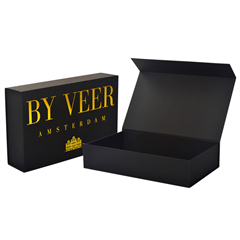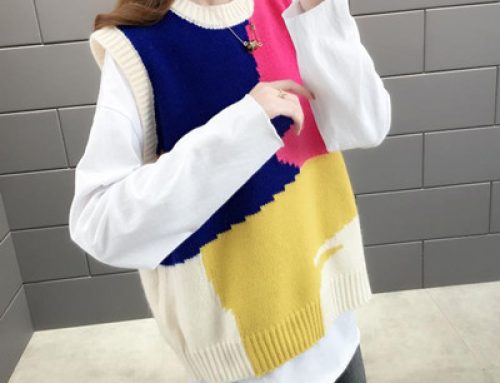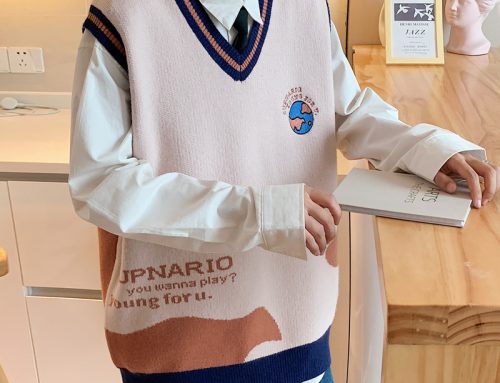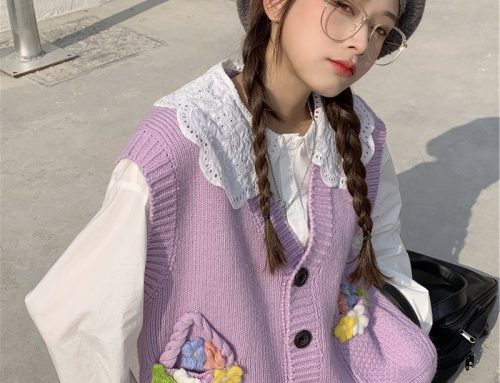Ancient Origins: Knitting’s origins can be traced back to the Middle East, around the 5th to 11th centuries. Early examples of knitted items were often practical, such as socks, mittens, and undergarments. The technique spread to Europe and other parts of the world, gaining popularity due to its warmth and flexibility.
16th-18th Centuries: Knitting continued to develop, and by the 16th century, it was well-established across Europe. During this time, knitwear was primarily handmade and often a family endeavor. Patterns and designs became more intricate, especially for items like stockings, which were a symbol of status.
19th Century: The Industrial Revolution brought significant changes to the production of knitwear. Mechanized knitting machines were invented, leading to greater efficiency and accessibility. This era saw the rise of knitted undergarments, swimsuits, and more practical everyday wear.
Early 20th Century: Knitwear began to play a larger role in fashion during the early 20th century. Coco Chanel, for instance, introduced simple and elegant knit pieces, including sweaters and cardigans. Knitwear was no longer just functional; it became fashionable and versatile.
Mid-20th Century: The mid-20th century marked a turning point for knitwear. Designers like Missoni experimented with color, pattern, and texture, pushing the boundaries of what knitwear could be. The popularity of twinsets (matching sweater and cardigan sets) and the “preppy” style contributed to the widespread adoption of knitwear.
Late 20th Century: The 1980s brought a mix of bold and minimalist styles to knitwear. Oversized sweaters, chunky knits, and vibrant colors were iconic of this era. Additionally, the rise of casual and sportswear trends saw the incorporation of knit elements into activewear and athleisure.
21st Century: Knitwear has become a staple in contemporary fashion. Designers continue to innovate with materials, techniques, and construction methods. Sustainable and eco-friendly knitting practices have gained traction, and knitwear has found a place in both high fashion and everyday wardrobes.
Notable Trends and Styles:
- Fair Isle: A traditional knitting technique that originated in the Fair Isle of Scotland, characterized by intricate colorwork patterns.
- Chunky Knits: Oversized, chunky sweaters and cardigans that provide warmth and comfort.
- Cable Knit: Features twisting, braided patterns resembling ropes or cables, often seen on sweaters and scarves.
- Intarsia: A technique involving the use of different colored yarns to create patterns or images within the fabric.
- Knit Dresses: Knitted dresses have gained popularity for their comfort and versatility.
- High-Tech Knitwear: With advancements in textile technology, knitwear can now incorporate elements like built-in heating, LED lights, and smart textiles.
Knitwear’s evolution reflects changes in society, technology, and fashion preferences. It has transitioned from being primarily functional to a diverse and creative form of self-expression. As fashion continues to evolve, knitwear remains a dynamic and integral part of the industry.







